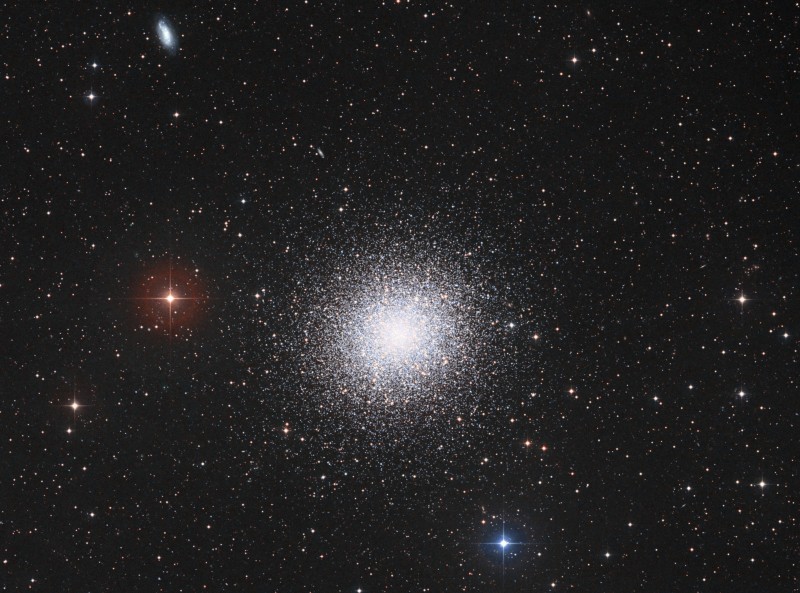The folks at GLOBE and NOAO in conjunction with some other sponsors have created a educational awareness package complete with static and interactive training aids and specialized star charts.
Click here for more details on the Globe at Night light pollution awareness project.To participate you'll need to be able to find Orion, have a good eye, and access to a computer to report your results.
Weather permitting, the 433rd will make observations during our regular meeting this week and next week on our Tour of the DDO. Hopefully, this will show the positive effect of the light pollution prevention measures put in place by the Town of Richmond Hill.
I also intend to repeat this exercise during Earth Hour to see if I can notice any visible impact and will post our results here.
I've written about light pollution before.
Many thanks to the Bad Astronomer for pointing this one out!
PS: I forgot, you may want to check out your local clear sky clocks. If you don't know about these please see this article.
Here are some other web pages and blogs endorsing the Globe at Night project:













